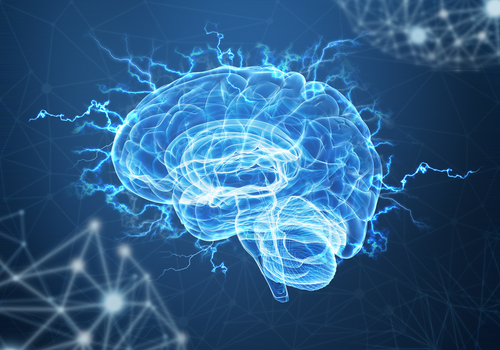High-frequency Brain Stimulation Is Superior for Parkinson’s Patients, Study Suggests

Repetitive transcranial magnetic stimulation (rTMS), given at high or low frequency, effectively reduces motor symptoms in Parkinson’s disease patients, but the effects of high-frequency rTMS are superior and last longer, a clinical trial shows.
Investigators also found that the treatment is more effective in patients with akinetic-rigid Parkinson’s — those with slow movements and rigidity — than in patients with the tremor-dominant form of the disease.
“The Effect of 20 Hz versus 1 Hz Repetitive Transcranial Magnetic Stimulation on Motor Dysfunction in Parkinson’s Disease: Which Is More Beneficial?” was published in The Journal of Parkinson’s Disease.
The use of non-invasive therapies that stimulate the brain and help treat the symptoms of Parkinson’s disease is an alternative to pharmacologic treatments. For example, rTMS uses electromagnetic currents to stimulate specific regions of the brain. This approach has been shown to ease motor symptoms in Parkinson’s patients.
The therapy can be administered at different frequencies — a varying number of stimuli in the same period of time — which might have different effects. However, it is not clear which frequency yields better results.
Aiming to address that, researchers at Egypt’s Assiut University conducted a clinical trial (NCT03342846) comparing the effects of rTMS either at high (20 Hz) or low (1 Hz) frequency on the motor symptoms of 52 Parkinson’s patients.
Patients were randomly assigned to one of the two groups. Both groups received a total of 2,000 pulses, delivered at the primary motor cortex in both brain hemispheres every day for 10 days, either at a frequency of 20 Hz or 1 Hz.
The researchers measured the motor symptoms using the Unified Parkinson’s Disease Rating Scale part III (UPDRS) and looked for differences before the treatment, after the last session, and one month after the end of the treatment as a primary outcome.
Secondary outcomes included changes in the Instrumental Activity of Daily Living (IADL), a self-assessment score, and a measure of cortical excitability.
The treatment improved the scores of both groups in all scales, but the effects were slightly better in the high-frequency group. Additionally, after one month, high-frequency patients still showed significantly better scores than before the treatment, while low-frequency patients showed no difference.
“It was interesting to note that in the total group analysis, the immediate effects of both 1 Hz and 20 Hz rTMS were similar, but that the effect at 1-month follow-up was only maintained after 20 Hz rTMS,” researchers said.
Regarding cortical excitability, they said that “20Hz rTMS increased excitability as measured by the larger response to single TMS pulses, while there was a tendency for excitability to be reduced after 1Hz rTMS.”
The researchers also performed an exploratory analysis to examine whether the therapy was more effective in patients with akinetic-rigid or tremor-dominant Parkinson’s disease.
“The data suggested that akinetic-rigid patients benefit from 20 Hz treatment whereas there was no significant effect on the tremor-dominant form. Treatment with 1 Hz rTMS had no significant effect on either group,” investigators stated.
They concluded that “20 Hz rTMS over [the primary motor cortex] may be superior to 1 Hz rTMS, particularly in patients with predominantly akinetic-rigid symptoms.” However, studies with a larger number of participants should validate these results.






